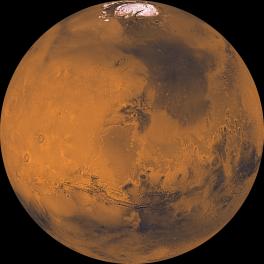Duncan White
Senior Health Physicist
Back in July, we talked about the Government Accountability Office’s investigation in which the GAO created a fake company that was successful in one out of three tries at getting a license for radioactive material. Once they received the license and placed an order, GAO then altered the license to increase the quantity of material authorized and placed a second order. The higher quantity would have required additional protection measures beyond those required for the original quantity. The GAO never actually acquired any radioactive material and the public was never at risk.
On the day the GAO issued their report on the investigation, Commissioner Jeff Baran sent a memo to the other Commissioners proposing that NRC staff re-evaluate the methods used to account for Category 3 sources. (See “Categories of Radioactive Materials” at right). The other  Commissioners agreed and the Commission directed the staff to evaluate whether we should revise NRC regulations or processes governing protection and accountability for Category 3 sources.
Commissioners agreed and the Commission directed the staff to evaluate whether we should revise NRC regulations or processes governing protection and accountability for Category 3 sources.
The NRC and its partners in the Agreement States are working together to address these specific actions. That work will include, among other things:
- Evaluating the pros and cons of different methods for verifying the validity of a license before a Category 3 source is transferred;
- Evaluating the pros and cons of including Category 3 sources in the National Source Tracking System;
- Assessing any additional options to address the source accountability recommendations made by the GAO;
- Identifying changes in the threat environment since 2009 and considering whether they support expanding the NSTS to include Category 3 sources;
- Assessing the risks posed when a licensee possesses enough Category 3 sources to require the higher level protections for Category 2 quantities; and
- Getting input from Agreement State partners, non-Agreement States, licensees, public interest groups, industry groups, and the reactor community.
We will also consider recommendations made by the working group that evaluated the vulnerabilities identified by the GAO investigation. Additionally, we will consider our recently completed assessment of the security requirements in 10 CFR Part 37, “Physical Protection of Category 1 and 2 Quantities of Radioactive Material.” This review looked at the results of inspections of NRC licensees during the first two years the rule has been in effect, and events reported under the rule. The NRC sent a report on this review to Congress on December 14.
The NRC staff will develop recommendations related to Category 3 source protection and accountability and provide the recommendations to the Commission for deliberation in August 2017.
An important part of the NRC’s and Agreement States’ re-evaluation is soliciting input from our Agreement State partners, the impacted regulatory community and the public. We have published a series of questions in the Federal Register to help assess the benefits, impacts, and costs of different alternatives. You can see these questions and send us your comments through the federal rulemaking website. We will provide opportunities to participate in the agency’s decision-making process through public meetings and webinars. More specific information about these opportunities for public involvement will be available on a new webpage. We welcome your input.

 “Outer space” may not come to mind when you think about the NRC. But we’re excited to be involved with NASA in the planning for a 2020 launch of another Mars rover.
“Outer space” may not come to mind when you think about the NRC. But we’re excited to be involved with NASA in the planning for a 2020 launch of another Mars rover. Since the NRC regulates the safe use of radioactive materials, we are part of the Mars 2020 Interagency Nuclear Safety Review Panel that NASA has convened to assure the safety of the launch. This process was originally put in place by Presidential
Since the NRC regulates the safe use of radioactive materials, we are part of the Mars 2020 Interagency Nuclear Safety Review Panel that NASA has convened to assure the safety of the launch. This process was originally put in place by Presidential